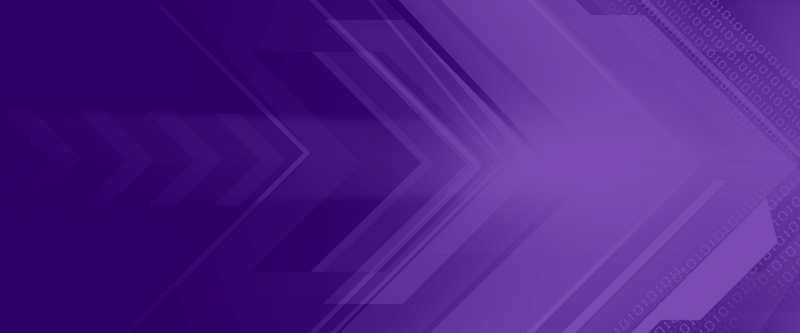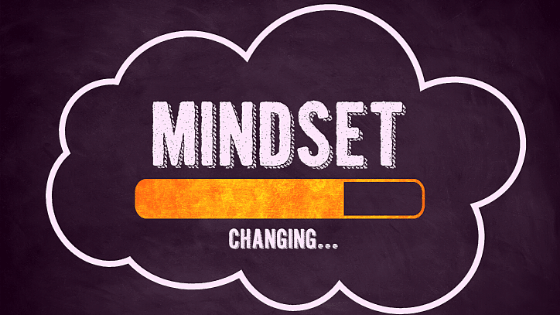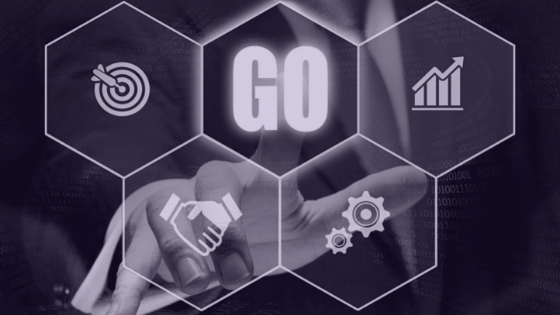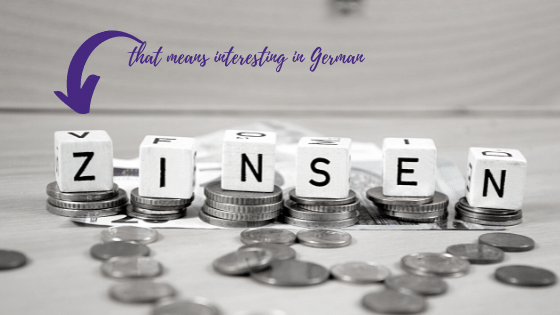IT'S TIME TO SCALE YOUR BUSINESS
The GROWTH Stage
Generating More Sales is Easier and Building a Bigger Business is Possible.
The whole purpose of the GROWTH stage is to build a scalable infrastructure to improve your selling and how you deliver the products and services that you offer. How can I make this more efficient? Is there an easier way to do this? Is there a cheaper way to do this and still maintain quality?
Remember, each stage can apply to the business as a whole as well as to individual products or services. Different parts of your business could be in different stages which is why working with us can help you navigate the uncertainty and generate results faster. Contact us to get started today.
A Business in this Stage
GROWTH is about preparing to scale so you can build a bigger business. You'll be taking all that you learned about your market, the problems you're solving, how you are running your business and focusing on being more efficient. How can you do those same things better, faster, and more cost-efficiently. You'll also be focusing on building out a brand experience so no matter what you sell, you're clients will know what to expect.
A Product or Service in this Stage
In the GROWTH stage, you're done chasing leads because you have finally figured out who your relevant market is. Now, you'll be taking the data and the lessons you learned to figure out what works to build repeatable processes because completely customize solutions aren't scalable and will limit your ability to grow.
Master the M.O.S.T. Questions
Master the M.O.S.T. Questions
The Questions You'll Be Focused On in this Stage
The Questions You'll Be Focused On in this Stage
These questions keep you focused on what you’re selling is what you’re delivering. It emphasizes brand experience from prospects through repeat clients and aligning processes between marketing, sales, and client experience. Remember, as your business grows, your answers to these four questions will change. What won’t change is the questions—they will always remain the same.
It’s easy to be seduced by numbers. For many, they see the total addressable market (TAM) and multiply that by the price of their product or service—it's HUGE!! And it’s not reality. The TAM is simply intended to show the potential for the size of the market—which includes you, your competitors, and similar solutions to the problem that you’re solving. It’s not the size of your business.
This is also contrary to how search engines and social media algorithms work. Bigger is not better, anymore. Small is the new big. This smaller audience is called the total relevant market (TRM). Its focus is on the client that is most relevant for the product or service you have in the market for you today—or to put it in simple terms, the focused audience that is most likely to buy from you today, your client avatar.
In this stage, marketing and sales align and start working toward the same goals with the same numbers and metrics. You'll be targeting and selling to your relevant markets who are most likely to buy from you. You'll attract clients that are a better fit and offer a higher contract value.
This is where the rubber meets the road and businesses often love to remain in theory mode. Yes, that is a contradiction. It’s easy for a business to SAY we do this, offer that, we are this, and so on. It’s another thing to actually deliver. Remember, just because you say it doesn’t mean it’s true, even if you believe it to your core.
Operations are the how-to and the technology you use to effectively execute on marketing, sales, and managing the client experience. It’s a logical and direct link between all the activities in the business and the business strategy—you could say it’s the brain of this methodology. Operations need to be streamlined, monitored, and adjusted as needed. What works for a business in startup mode, won’t work when it scales and, just because it is “working” doesn’t mean it is efficient or providing the best brand experience for your prospects or clients. Your operations help you compete in the market.
In this stage, operations are focused on doing things more efficiently. You're tech stack will probably change or be refined. You'll be focused on establishing systems so your entire client-facing team can have a single source of reliable data and a common language around it.
This is the million-dollar question. And the universal answer is “it depends”. One thing to keep in mind is that revenue is not the indicator of when to scale. The focus here is on how to produce success more effectively and consistently. It’s about scaling what you have first before you introduce anyone or anything new.
If organic growth finances can’t sustain your growth model, you may need to explore professional funding. Some companies get to this stage and never leave. But staying can expose your business to the risk of being disrupted or commoditized.
This is all about taking everything you’ve learned, implemented, and built and determining your next best opportunity because no company wants to stop growing. Whether you increase your sales, target a new vertical, or increase your offerings, each can be done on your own or through a merger or acquisition.
Once you have an offering that clients believe in, are willing to pay for, and renew their service with you, you’re ready for the next stage. Transitioning to a new stage doesn’t mean you abandon everything that came before, instead we’ll build upon it.
Client Case Studies
THE COURAGE TO TAKE ACTION AND DRIVE MOMENTUM TO ACCELERATE YOUR PROGRESS AND RESULTS
Brilliant Articles & Resources
The resources below will help support you through this stage and prepare you for the next. Remember, we work with businesses in this stage all the time. So if you are ready to get started, contact us today.













